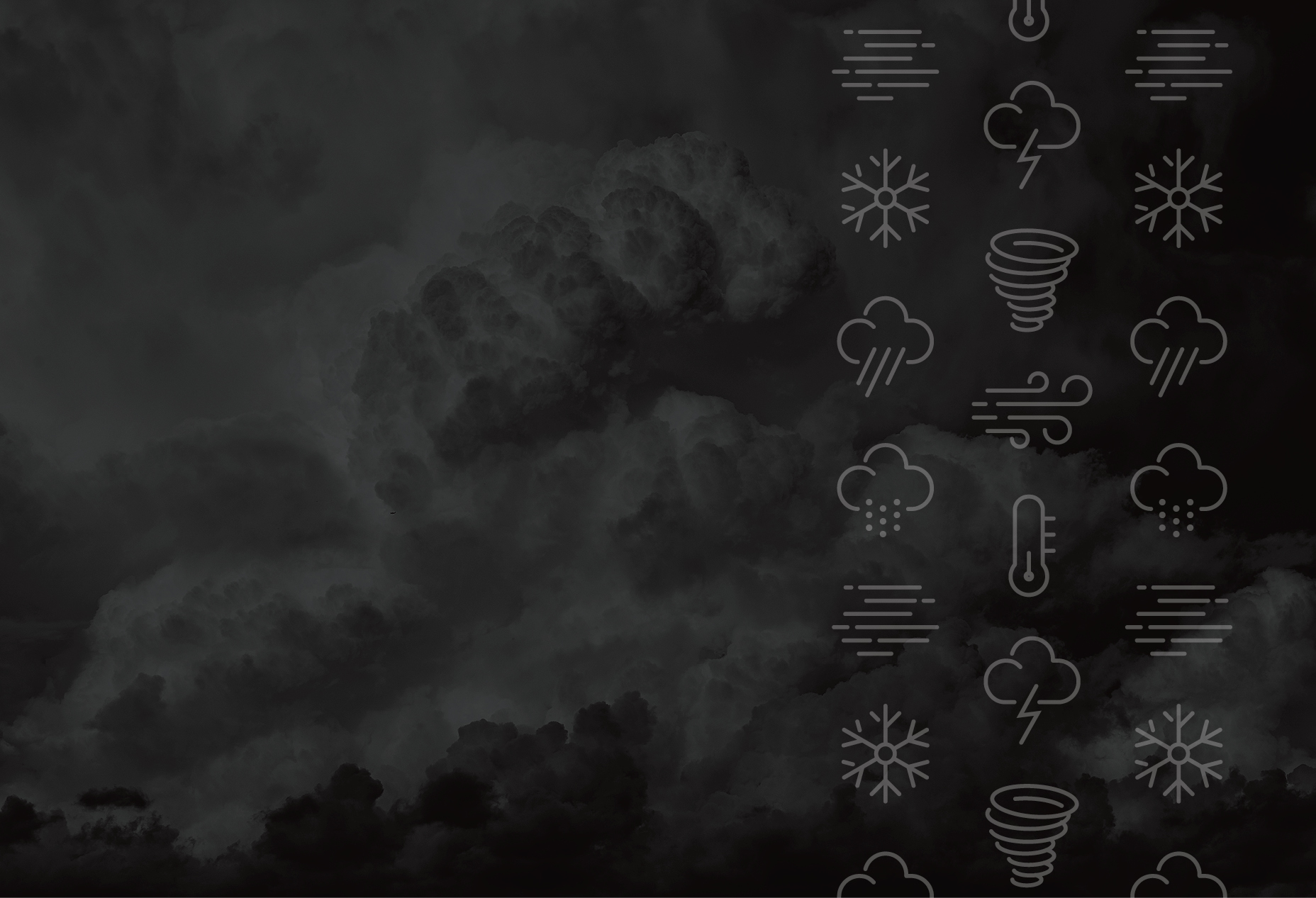
Denver, Colorado — Feb. 3, 2022 — As current weather conditions evolve from snow to cold air, now is the time to take notice of the rooms in your house that are struggling to stay warm. By noting which parts of your home need attention, you can prioritize energy efficiency and weatherization efforts.
The first step to making your home more energy efficient is knowing what simple fixes it needs. Here are a few spot tests to help detect where you may be losing the most energy:
- The Flashlight Test: Have someone go outside at night and shine a flashlight at and around doorways, while you stay inside; you’ll see the light shining through any cracks or openings that need to be resealed.
- The Tissue Test: Hang a piece of tissue on a clothes hanger next to a closed window. If the tissue is moving, there’s a leak from your window seals.
- The Money Test: Slip a quarter underneath an exterior doorway. If it fits, heat is escaping. To test windows, place a dollar bill across the weather-stripping on a window, close the window, and pull out the bill. If it comes out easily, the window doesn’t have a tight enough seal.
After identifying the areas of your home that may need help, here are a few inexpensive DIY weatherization tips to reduce wasted energy and help you save on monthly energy bills:
- Seal cracks with caulk. Wherever you discovered a leak, apply new caulk to seal cracks and joints, keeping drafts and moisture out of your home. And remember, leaks aren’t just found around windows and doors; consider every other area that may leak air, including where wood siding meets the concrete foundation.
- Weather-strip windows and doors. In addition to caulking cracks, consider installing foam-backed tape around windows and doors to keep heat inside. Windows and doors are important areas to make energy efficiency upgrades, as seven to 12 percent of a building’s heating and cooling loss occurs around these areas.
- Check your furnace. Conduct regular maintenance on your furnace, like cleaning your furnace filter monthly and replacing it every three months. We also encourage you to get a professional furnace check-up each year, to make sure your home’s largest energy user in the winter is running efficiently.
- Upgrade your thermostat. According to the Department of Energy, you can save an estimated 10 percent a year on heating and cooling costs by using a programmable thermostat. Upgrading your thermostat to a programmable model with a heating schedule is a great way to save energy. Black Hills Energy offers a rebate on Energy Star certified smart thermostats to help cover the cost.
- Change those outdated bulbs. Replace incandescent light bulbs with more efficient options like LEDs, which use less energy and save you money in the long run.
For more energy-saving tips, energy efficiency program information and to apply for an energy audit and rebates, visit www.blackhillsenergy.com/winter-ready. And, if you’re struggling to pay your energy bill, reach out to our customer service team, who can help with billing options and energy assistance programs.